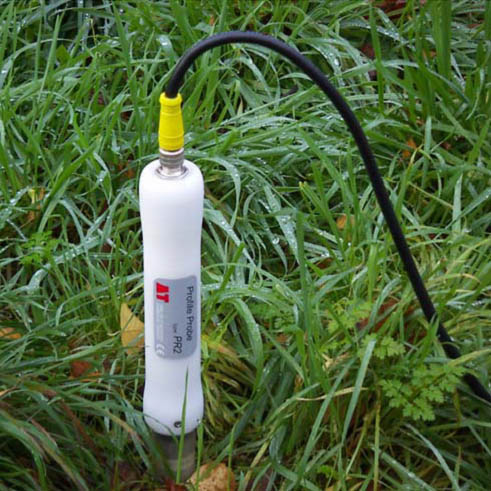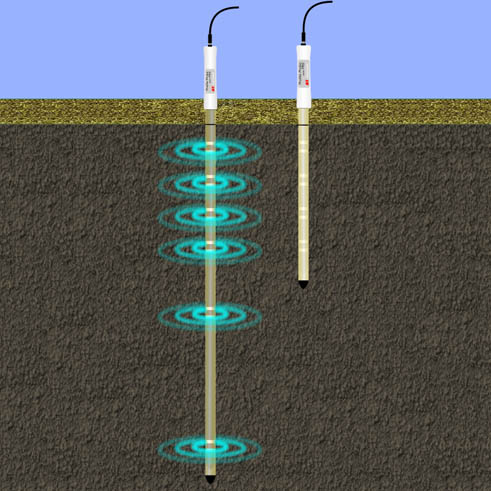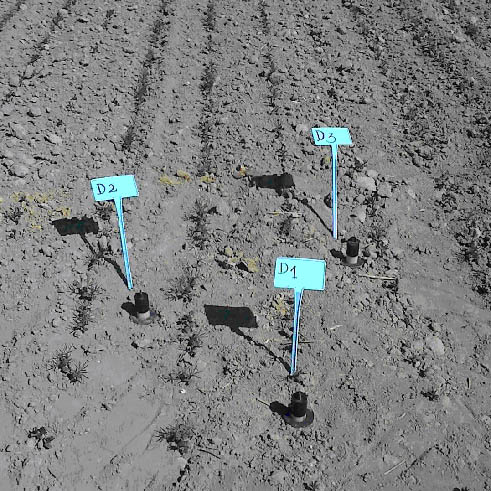Soil moisture monitoring
The current Agricultural Drought Monitoring System in Poland is conducted on the basis of an ongoing assessment of precipitation sums and potential evapotransiration, measured as a climatic water balance (CWB) and evaluation of vulnerability of different soils to drought condition. Very light and light sandy soils are characterised by low capacity of water retention in the soil profile, are quicker to dry out compared to the medium-heavy and heavy soil, in addition the shortage of water for plants is quickly visible. In practice, quantitative tools to verify the threat of drought in a sixty-day reporting period, which are designated as assessment period in the ADMS for the actual losses of yield, are not freely available.


Therefore since 2008, we have launched a Soil Moisture Monitoring Network, which in the future will be a potential tool for supporting the Agricultural Drought Monitoring System. The Soil Moisture Monitoring Network consists of measurement points located on the representative soil types across the country. This allows current assessments into the dynamics of soil moisturise at the selected fields during a growing season, it also allows the designation of the real impact of water stress for the yield. The results of work shall be made available as public information on the website IUNG-PIB.
The purpose of monitoring the soil moisture content is also to understand the relationship between water stresses measured as a number of days with moisturise below a critical value, corresponding to the plants permanent wilting point (PWP) and plants yield on different soils, habitats and climatic conditions. In addition, the results will be used as the basis for a better match of existing yield forecasting models (in the occurrence of water deficits), for the soil-climatic diversity of Poland and differential of cultivation systems and level of used agro-technique.
